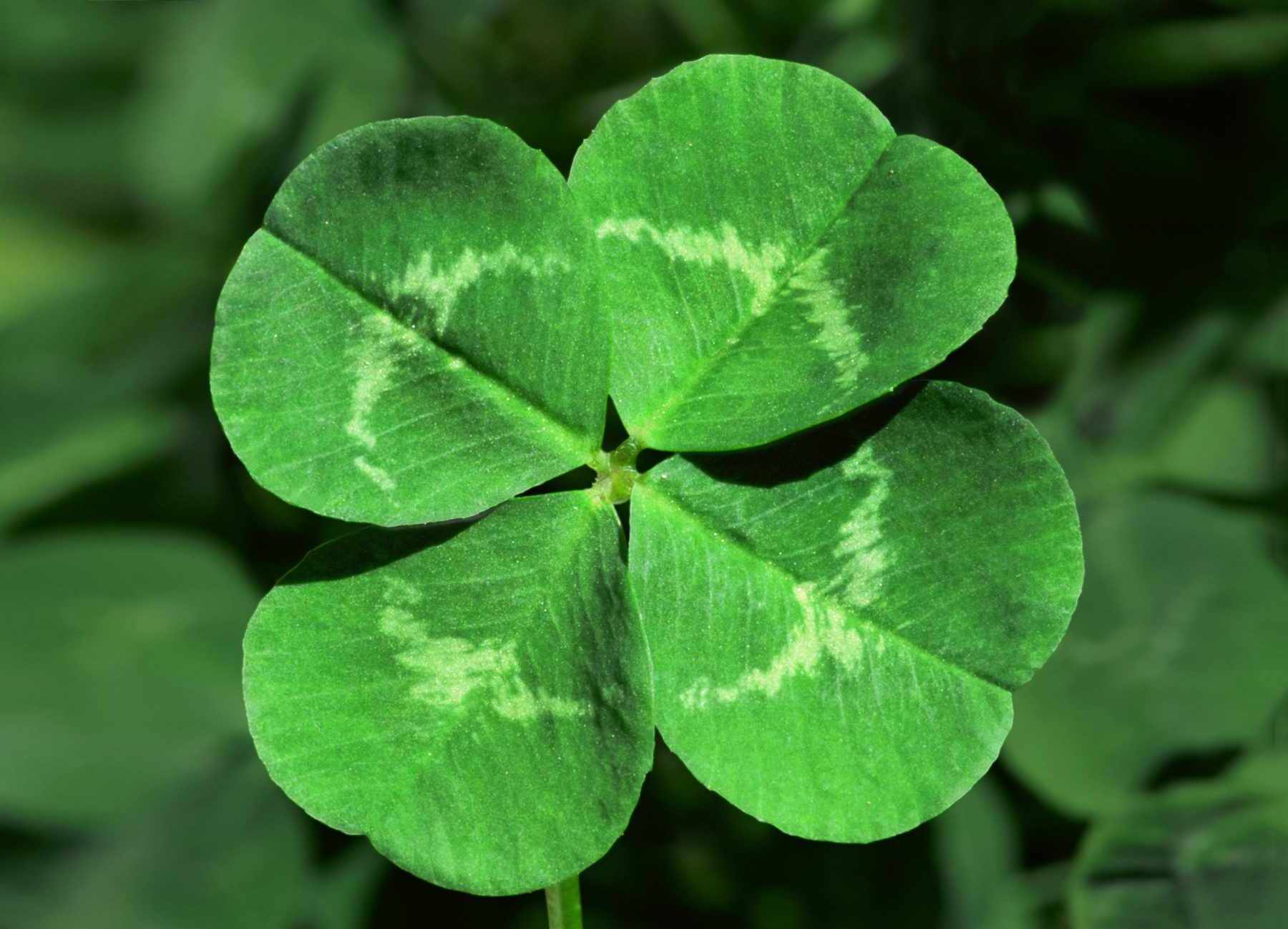
What makes the shamrock so special? The shamrock, a symbol deeply rooted in Irish culture, is more than just a pretty plant. It's believed to bring good luck and has a rich history tied to St. Patrick, the patron saint of Ireland. Legend says he used the three-leaf clover to explain the Holy Trinity. But did you know that not all shamrocks are the same? Some have four leaves, which are considered even luckier! From ancient myths to modern-day celebrations, the shamrock has woven itself into the fabric of Irish identity. Ready to learn more? Let's dive into 31 fascinating facts about this iconic plant!
What is a Shamrock?
The shamrock is a symbol deeply rooted in Irish culture and history. Known for its three leaves, it holds significant meaning and is often associated with good luck and St. Patrick's Day.
- The shamrock is a young sprig of clover, typically with three leaves.
- The word "shamrock" comes from the Irish word "seamróg," meaning "little clover."
- It is often confused with the four-leaf clover, which is a rare variation of the common three-leaf clover.
Historical Significance of the Shamrock
The shamrock has played a vital role in Irish history and folklore. Its significance goes beyond just being a plant.
- St. Patrick, the patron saint of Ireland, used the shamrock to explain the Holy Trinity.
- The shamrock was a symbol of rebellion during the 1798 Irish Rebellion.
- It became a symbol of Irish nationalism and pride in the 19th century.
Shamrock in Modern Culture
Today, the shamrock is more than just a historical symbol. It has found its way into various aspects of modern culture.
- The shamrock is a registered trademark of the Republic of Ireland.
- It is featured on the tail fin of Aer Lingus, the national airline of Ireland.
- The shamrock is a popular motif in jewelry, clothing, and tattoos.
Shamrock and St. Patrick's Day
St. Patrick's Day is synonymous with the shamrock. This holiday brings the plant into the spotlight every year.
- People wear shamrocks on St. Patrick's Day to honor Irish heritage.
- The Chicago River is dyed green using an environmentally friendly dye to celebrate the day.
- Parades and festivities often feature shamrock decorations and themes.
Botanical Facts About the Shamrock
Understanding the botanical aspects of the shamrock can give a deeper appreciation for this iconic plant.
- The most common species of shamrock are Trifolium dubium and Trifolium repens.
- It belongs to the legume family, which means it can fix nitrogen in the soil.
- Shamrocks are perennial plants, meaning they can live for more than two years.
Shamrock in Mythology and Folklore
The shamrock is not just a plant; it is steeped in myths and legends that add to its mystique.
- In Irish folklore, the shamrock is believed to ward off evil spirits.
- It is said that carrying a shamrock brings good luck and prosperity.
- Some legends claim that the shamrock can break spells and curses.
Shamrock in Art and Literature
Artists and writers have long been inspired by the shamrock, incorporating it into their works.
- The shamrock appears in many Irish poems and songs as a symbol of Ireland.
- It is a common motif in Celtic art, often seen in intricate designs and patterns.
- The shamrock has been featured in various literary works, symbolizing Irish identity.
Shamrock and the Environment
The shamrock plays a role in the ecosystem, contributing to environmental health.
- Shamrocks help improve soil quality by fixing nitrogen.
- They provide food for various insects and animals.
- Shamrocks can be used as ground cover to prevent soil erosion.
Fun Facts About the Shamrock
Here are some fun and lesser-known facts about the shamrock that might surprise you.
- The Guinness World Record for the most leaves on a clover is 56.
- Shamrocks are often used in traditional Irish dishes like colcannon.
- The shamrock is one of the most tattooed symbols in the world.
Shamrock in Science
Scientific studies have also taken an interest in the shamrock, exploring its various properties.
- Researchers have studied the shamrock's ability to fix nitrogen in the soil.
- Some studies suggest that shamrocks have medicinal properties.
- The shamrock's genetic makeup has been analyzed to understand its variations.
Shamrock in Pop Culture
The shamrock has made its mark in pop culture, appearing in various forms of media.
- The shamrock is featured in the logo of the Boston Celtics, an NBA team.
Shamrocks: More Than Just a Symbol
Shamrocks aren't just lucky charms. They hold deep cultural and historical significance. From their association with St. Patrick to their role in Irish folklore, these little plants pack a punch. They symbolize faith, hope, and love, making them more than just a pretty plant. Whether you're celebrating St. Patrick's Day or just love a bit of greenery, shamrocks bring a touch of magic and history into your life. Next time you see a shamrock, remember its rich background and the stories it carries. It's not just a plant; it's a piece of Irish heritage. So, keep an eye out for these three-leaf wonders, and maybe you'll find a bit of luck along the way.
Was this page helpful?
Our commitment to delivering trustworthy and engaging content is at the heart of what we do. Each fact on our site is contributed by real users like you, bringing a wealth of diverse insights and information. To ensure the highest standards of accuracy and reliability, our dedicated editors meticulously review each submission. This process guarantees that the facts we share are not only fascinating but also credible. Trust in our commitment to quality and authenticity as you explore and learn with us.


